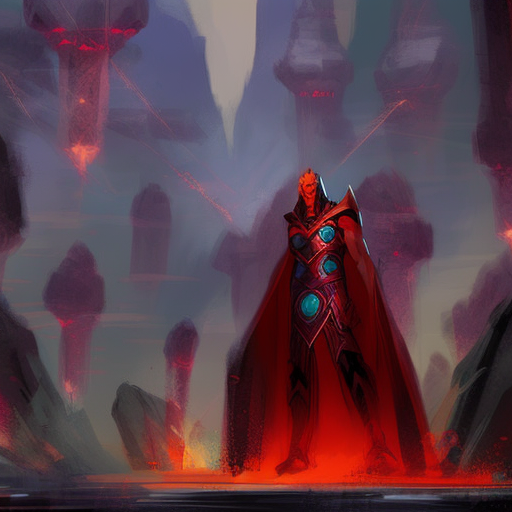Summary:
In “The Hammer of Thor,” the second book in the Magnus Chase and the Gods of Asgard series by Rick Riordan, Magnus Chase, a demigod and the son of Frey, embarks on a thrilling quest to find the missing hammer of Thor, Mjolnir, before it falls into the wrong hands. Alongside his friends, Magnus faces numerous challenges, battles mythical creatures, and navigates the complex world of Norse mythology. With humor, action, and a diverse cast of characters, Riordan delivers another exciting adventure that explores themes of friendship, identity, and the power of belief.
Searching for Mjolnir:
“The Hammer of Thor” picks up where the previous book left off, with Magnus Chase and his friends from Floor 19 of the Hotel Valhalla, including Samirah, Hearthstone, and Blitzen, on a new mission. They must retrieve the hammer of Thor, Mjolnir, which has gone missing and could potentially start a war among the gods. As they search for clues, they encounter various Norse mythological beings, such as giants, dwarves, and even the fearsome World Serpent, Jormungandr.
A Race Against Time:
With the clock ticking, Magnus and his friends face numerous challenges and obstacles in their quest to find Mjolnir. They must decipher cryptic messages, solve riddles, and battle formidable enemies. Along the way, they also encounter new allies, such as Alex Fierro, a gender-fluid child of Loki, who joins their group and adds a fresh dynamic to the team. Together, they navigate treacherous realms, including Nidavellir, the land of the dwarves, and Jotunheim, the realm of the giants.
Themes of Friendship and Identity:
As with many of Riordan’s books, “The Hammer of Thor” explores themes of friendship and identity. Magnus and his friends come from diverse backgrounds and have their own personal struggles. Through their adventures, they learn to appreciate each other’s differences and work together as a team. Additionally, Magnus grapples with his own identity as a demigod and the son of Frey, the Norse god of fertility. He must come to terms with his powers and embrace his heritage to fulfill his destiny.
Key takeaways from “The Hammer of Thor” include:
- The power of friendship and teamwork in overcoming challenges
- The importance of accepting and embracing one’s identity
- The value of diversity and inclusion in a group
- The significance of belief and faith in oneself and others
“Sometimes you have to try to do the right thing even if it’s hard.”
In conclusion, “The Hammer of Thor” is an action-packed and humorous adventure that delves into Norse mythology while exploring themes of friendship, identity, and the power of belief. Riordan’s engaging storytelling and diverse cast of characters make this book an enjoyable read for fans of mythology and fantasy. So grab your hammer and join Magnus Chase on his quest to save the world!












